8 foods you should never put in a blender
To avoid dull blades & strange food textures, don’t put these foods in your blender


Having the best blender in your kitchen can help you tackle a variety of food preparation tasks. From making smoothies, ice creams and dips to grinding up cheese and breadcrumbs, a blender or the best Nutribullet has quickly become a staple in most kitchens.
Using a blender is pretty simple. All you have to do is add your ingredients, like liquids, chopped up fruit and ice cubes, screw the lid on tightly and start the blender. The blender does all the hard work for you and you’re left with a delicious smoothie, soup or juice.
But as I’ve found in my ‘foods you should never cook’ series, there are a number of foods that shouldn’t go in your blender, or you risk ruining the inner workings of your machine and tainting the taste of your food. To avoid making any blender mistakes, here are 8 foods you should never put in your blender.
Before we get into the list, it’s worth noting that some blenders are more powerful than others, meaning they can easily grind things to a pulp whereas others are shy in comparison. However, over time and after multiple uses, even the best blenders can have issues so to extend your blender’s lifespan, try to avoid these foods as much as possible.
For more food tips, check out the foods you should never cook in an air fryer, on the barbecue, in a multi cooker, a non-stick pan, a slow cooker, a microwave and a toaster.
1. Potatoes
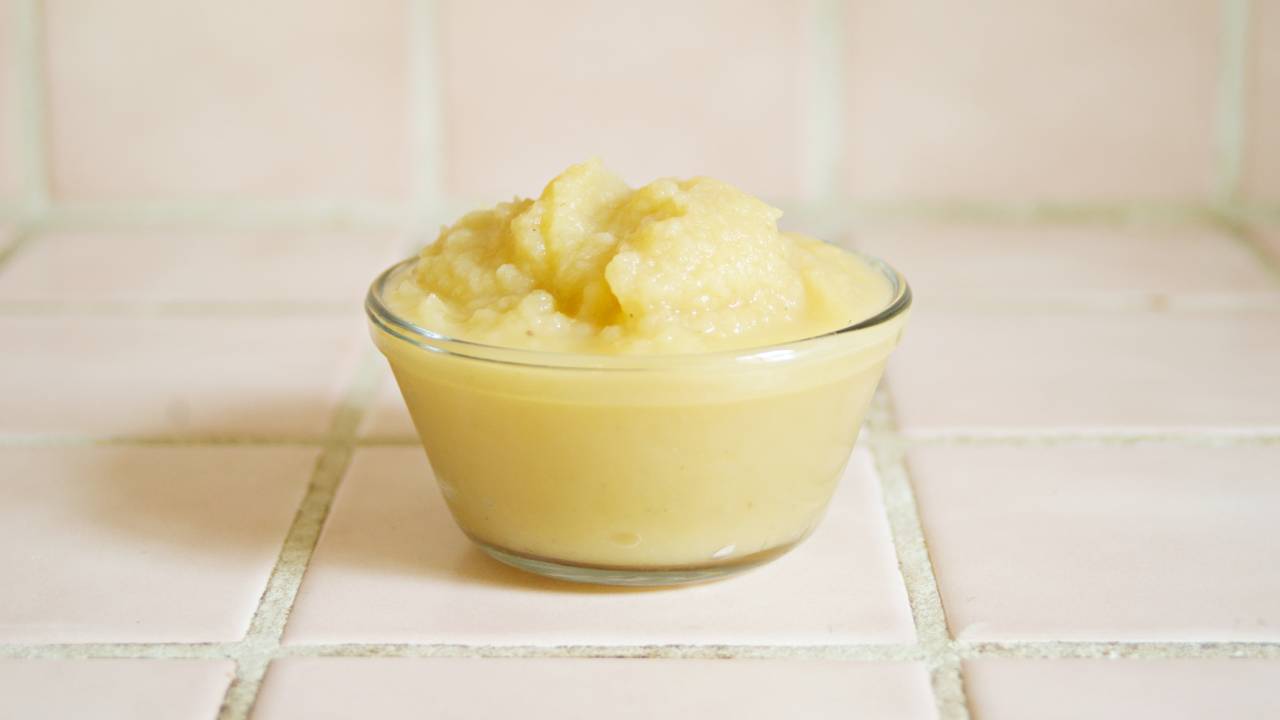
First on the list is potatoes. You wouldn’t be the first person to think that tossing cooked potatoes in a blender will act as a shortcut to lump-free mash. But while it might save you the elbow grease, making mashed potatoes in a blender is the worst thing you could do to both your device and your food. Potatoes contain a lot of starch, so when they’re inside a blender, the blades and speed will cause them to release too much starch. This will result in an overly thick glue-like texture which many have likened to ‘wallpaper paste’. For the perfect mash, you’re better off using a masher or a ricer.
2. Dried fruit
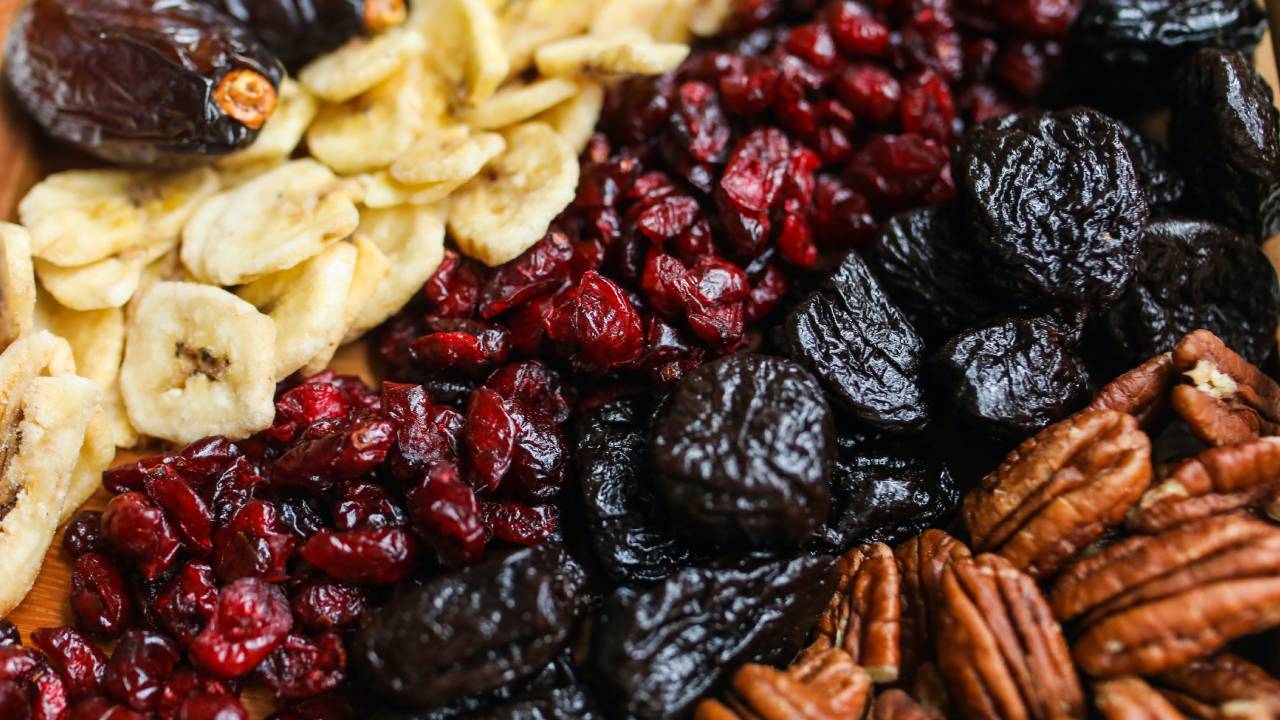
Fruit is arguably the most common ingredient that makes its way into most blenders but if your fruit is dried, it should steer clear. Dried fruit like cranberries, mango and apricots have a thick hard exterior with a sticky soft interior which can get stuck to the blades, making them sticky and preventing them from working properly. Not only does this affect your blender’s performance, but your smoothie or marinade will be too chunky. If you want to use dried fruit in a blender, make sure you soak it first.
Get all the latest news, reviews, deals and buying guides on gorgeous tech, home and active products from the T3 experts
3. Broccoli & Cauliflower
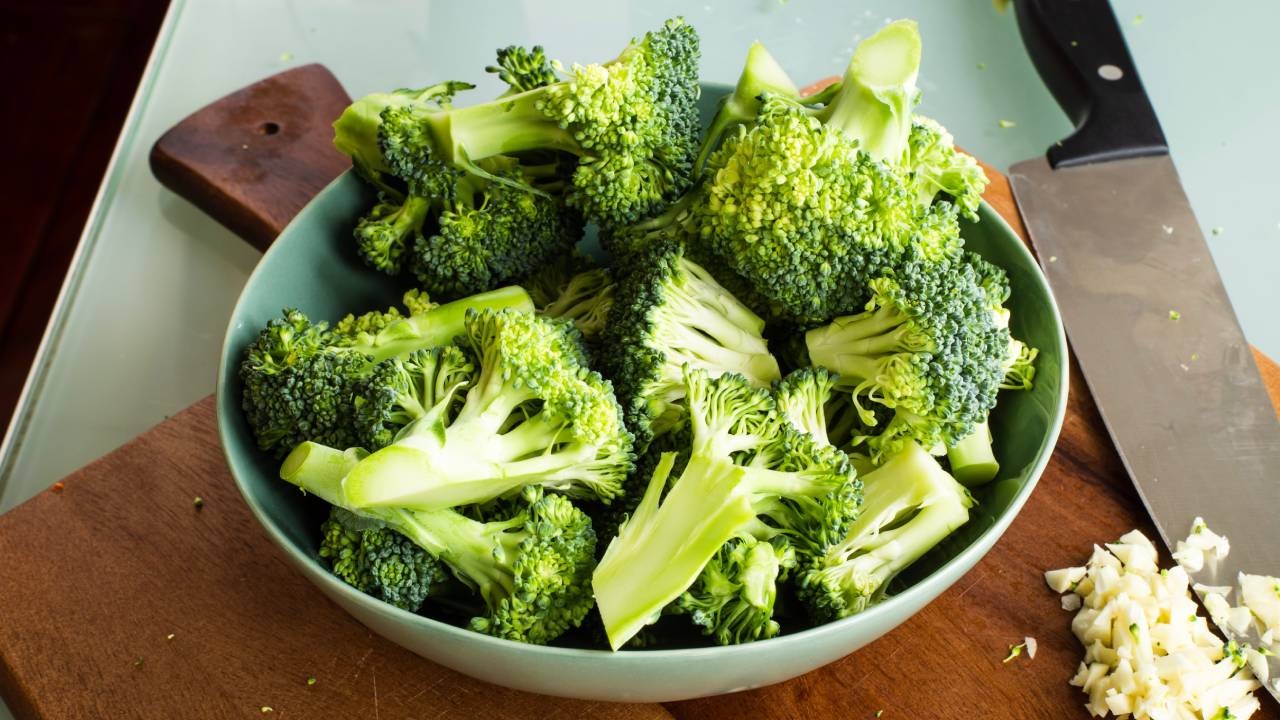
These next foods might sound strange to some as they’re common ingredients in most soups, but if you’re using raw broccoli or cauliflower, you won’t get the best results with a blender. As broccoli is high in fibre, it tends to get stringy when put in a blender raw, making it taste strange and giving it an odd texture. Similarly, cauliflower has a hard time in a blender if you’re making it into cauliflower rice. While you might think making cauliflower rice in a blender makes a lot of sense, the blades in your blender can cause it to get mushy rather than the shredded consistency you’re looking for. If your blender is high speed, you might be able to get by but using a food processor for cauliflower rice is the better option.
4. Spices

If you’re making a spice mix, it might seem like the right idea to put your whole spices in a blender… but sadly, you’d be wrong. The blender blades aren’t the best at grinding spices, and will result in an uneven and chunky spice rub. In general, it can take longer to grind spices in a blender as the speed of the blades will whip the spices into the air of your container and you’ll have to wait for them to settle before you can continue grinding. A pestle and mortar or a dedicated spice grinder is your best bet for the perfect homemade spice blend.
5. Nuts
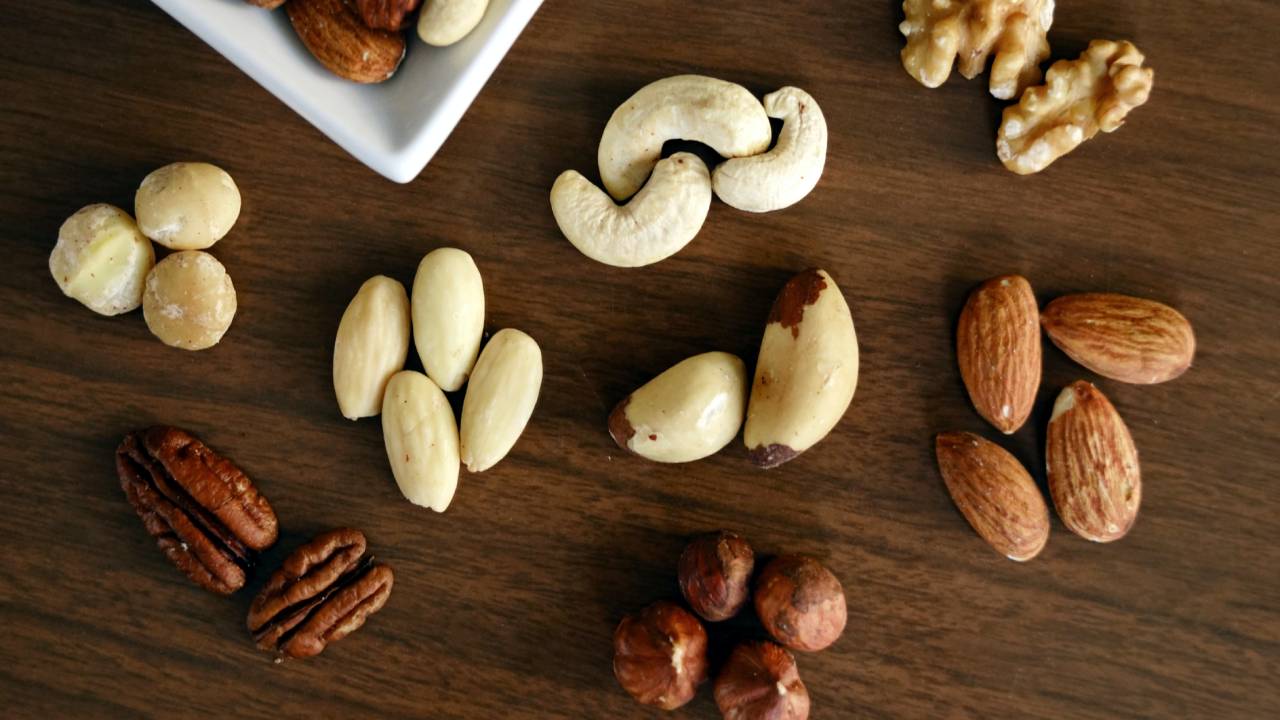
Similar to spices, cutting nuts in a blender isn’t the best idea, whether you want finely shredded nuts or you’re trying to make nut butter. For the former, the blades can’t blend the nuts evenly so you’ll be left with chunky and dusty results. As nuts are quite hard (unless you’ve soaked them beforehand), they can also dull your blades, taking your blender out of action sooner than expected. For the latter, you shouldn’t make nut butter in a blender unless it’s high powered. Making homemade nut butter requires a lot of churning and pressure which can overwork your blades.
6. Coffee beans
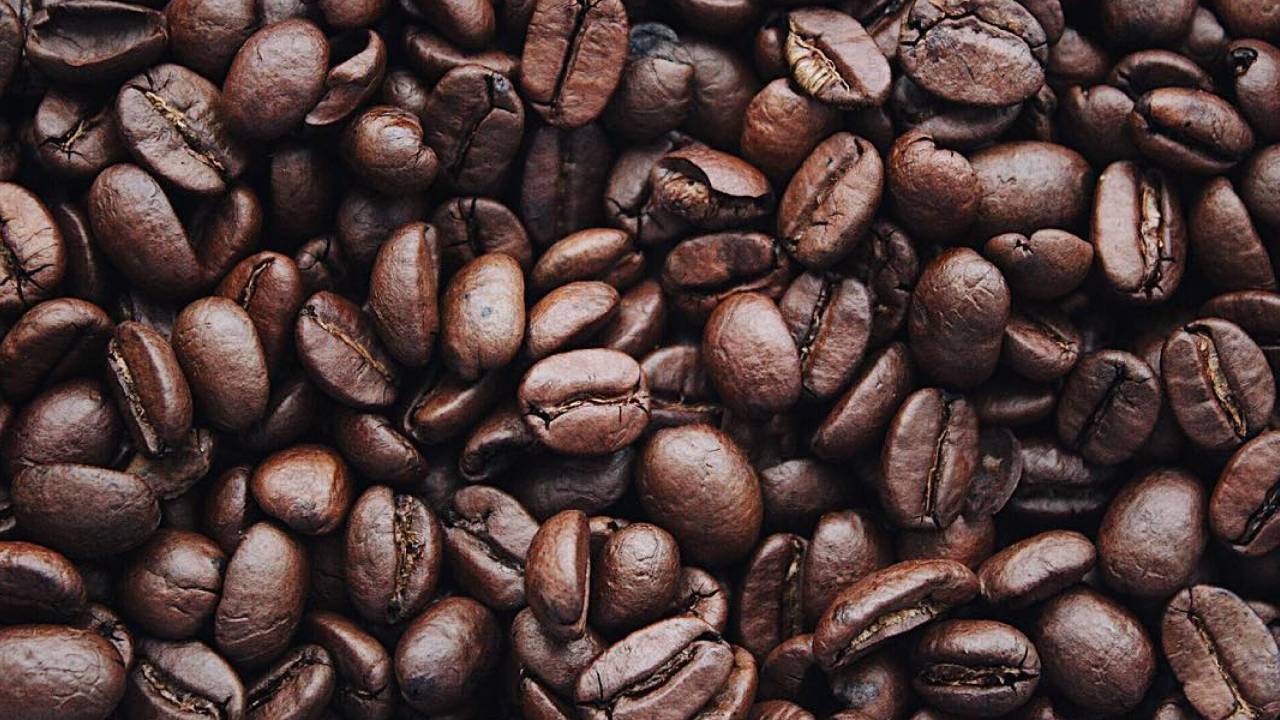
If you want to grind coffee beans, don’t look towards your blender. Like nuts, coffee beans are too hard and can dull and wear down your blender blades. If you don’t have a coffee grinder to do this task, you should either invest in one or slowly pulse small amounts of coffee beans in your blender at a time… that should be a last case scenario, though.
7. Foods that are too hot
Never, and I repeat, never put boiling hot foods or liquids into your blender! When you put foods that are too hot in a blender, the steam gets trapped and creates pressure. When the blender is in action, the pressure and heat builds up and can cause the lid of the blender to explode and the liquid to splatter everywhere, burning people nearby and causing a hot sticky mess. As a safety precaution, you should let your food cool down for 5-10 minutes before putting it in your blender, or use the best hand blender to make creamy smooth soups.
8. Foods that are too cold
On the opposite end of the spectrum, anything too cold or overly frozen shouldn’t go in your blender. This is probably the most controversial food on the list, as many people (myself included) will use frozen fruit or ice cubes to make smoothies with their blender. But depending on the type of power your blender has, the blades can find it difficult to blend large amounts of frozen foods which can break the container and dull the blades. It might also result in chunky unblended smoothies, too. I will say that you definitely can put foods that are too cold in a blender, but you should always check the wattage of your blender and the state of your blades before you chuck tons of frozen fruit in it.

Beth is Home Editor for T3, looking after style, living and wellness. From the comfiest mattresses to strange things you can cook in an air fryer, Beth covers sleep, smart home, coffee machines, watches, grooming tools, fragrances, gardening and more.
In her spare time, Beth enjoys running, reading, baking and attempting craft projects that will probably end in disaster!